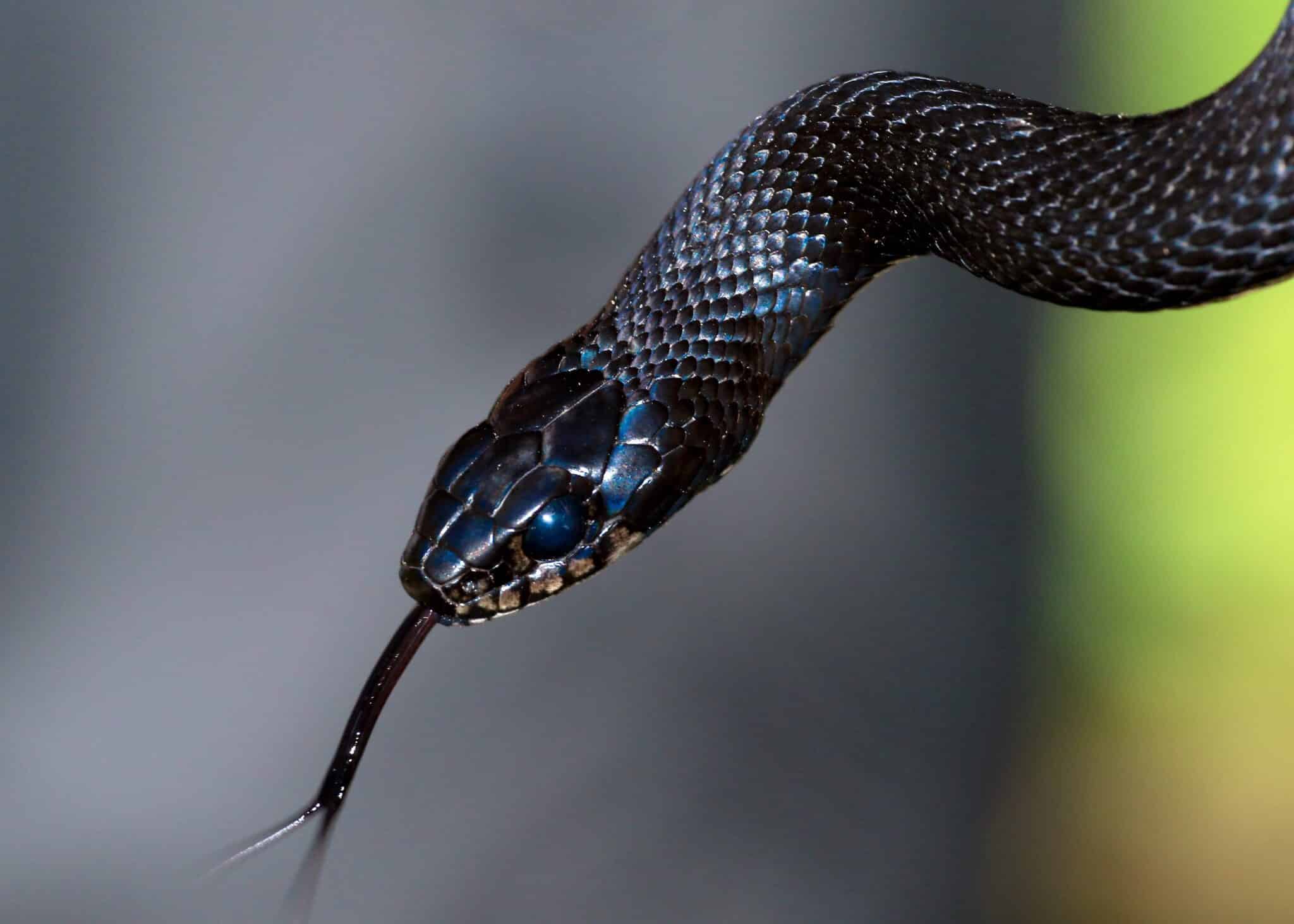What to Do With Snake Holes in the Yard
One of the most frightening things you can see in your own yard is a snake hole. It’s usually 3-4″ in diameter and looks like an entrance to an underground den for a reptile family.
If you have a snake hole in your yard and don’t know what to do with it, there is no reason to panic. There are several things that you can do with a snake hole that will drastically improve the aesthetics of your yard, as well as your safety.

What are snake holes?
Snake holes are the entrances and exits to the dens of snakes. They can be found in high grass, near ponds or lakes, or next to woodpiles.
The diameter of a snake hole is usually about three or four inches wide, but they can be larger depending on the size of the snake. Snake holes are often mistaken for rodent burrows, so it’s important to be able to distinguish between the two if you’re trying to get rid of rodents from your yard.
What types of snakes make holes?
There are dozens of snake species in the world, and they all make different holes. Some snakes, like the gopher snake, make simple burrows in the ground. Other snakes, like the copperhead, live in hollow logs or under rocks.
The best way to determine which type of snake is living in your yard is to look for evidence around the hole. Are there shed skins nearby? What kind of food does the snake eat? What size is the hole? Once you’ve determined what type of snake lives in your yard, you can take appropriate steps to get rid of it.
How do you identify snake holes?
The first way to identify a snake hole is by its size. If the hole is about three or four inches wide, it’s probably made by a snake. A hole that’s smaller than an inch wide could be made by other animals, like frogs or lizards.
The next step in identifying a snake hole is to look at what kind of food they’re eating. What types of prey are living around your yard? What do you see them eating? What type of snake eats those same types of prey? By understanding what type of food the snakes are eating, you can take appropriate steps to get rid of them from your yard.
You can also check for evidence of shed skin, feces, or other signs of life around the hole. If there are shed skins nearby, that means they’re living in your yard and need to be removed immediately.
How can you tell if a snake hole is empty?
If you’re not sure whether a snake hole is occupied or not, there are a few ways to check. The easiest way is to pour some water into the hole and see if it drains out. If the hole doesn’t drain, that means there’s probably a snake inside.
Another way to tell if a snake hole is empty is by looking for signs of activity around the entrance. If there isn’t any evidence of life around the hole, then it’s most likely empty.
What attracts snakes?
There are several things that attract snakes to your yard, including:
- High grass and weeds
- Lots of insects
- Lack of food sources (like rodents)
How do you get rid of snake holes?
The first thing you want to do is make sure there are no snakes inside the hole. Even if you can’t see them, they could be hiding under a log or loose dirt. If you don’t take this precaution, you risk stepping on a snake and getting bit.
Fill it up
The best way to get rid of a snake hole is to fill it with concrete. This will create an impenetrable barrier between the snakes and their food source, so they can’t eat any more prey animals in your yard for some time.
If it’s a harmless garter snake, you may just want to leave its hole alone. Garter snakes eat pests — slugs, grubs, and other insects — so they tend to be beneficial in your garden. However, if it’s a rattlesnake, copperhead, or cottonmouth, you’ll want to fill in its hole with dirt or rocks as soon as possible.
To fill a snake hole, break up the topsoil with a shovel if necessary, and then fill the hole with dirt to cover it completely. If you can’t get all the dirt out of the hole, scoop out enough to make sure it’s covered, and then add more dirt to finish it off. Doing this will prevent the snakes from coming out and will also discourage them from making the hole bigger.
Set a snake trap
If you’re not comfortable filling up the hole with concrete or dirt, you can set a snake trap. You can either purchase a snake trap or make one yourself. You can make your own by taking a piece of wire mesh, putting chicken wire on top of it so that it’s sturdy, and sinking it into the ground with some stones around the outside to anchor it in place.
When you find a snake hole (check under rocks and logs), place the mesh over the top and secure it with dirt and rocks. It should be about three inches off the ground so that the snakes won’t be able to get under it.
Once you’ve trapped them, you can take out any snakes you find and dispose of them properly (put them in a bag that you then tie shut). This will keep more from coming back later. You may want to use gloves if the snake is still alive, as they can bite even after they’re dead if they don’t die immediately from being trapped.
Pour bleach down the hole
Another effective method is pouring bleach down into all entrances and exits from the hole so that no snake can enter or exit again until after you’ve filled them up completely with something like cement, which creates an impenetrable barrier between each entrance/exit point.
Remove their food source
The best way to get rid of snakes is to remove their food source. If there are no rodents or insects for them to eat, they’ll eventually go somewhere else. This is why it’s important to keep your lawn trimmed, as this will prevent rodents from living there and attracting snakes.
Make sure you’re removing any food sources that could attract both snakes and rodents, such as bird feeders or dog food bowls left out overnight.
Set up a snake fence around your yard
A snake fence is another option if you don’t want to fill in the holes or pour bleach into them. A snake fence will keep any snakes from entering your yard, which will make it much easier to keep them out.
There are a few different types of snake fences available, so you’ll want to do your research before deciding which one is best for you. You can find some good information on the internet or at your local hardware store.
Whatever method you choose, it’s important to act quickly if you notice any holes in your yard that could be snake holes. You don’t want to take any chances when it comes to your safety.
What not to do when you find snake holes in your yard.
- Do not panic.
- Do not disturb the snake.
- If you don’t have the right knowledge or experience, do not try to capture the snake.
How do I prevent more snake holes from appearing?
If you’re having problems with snakes in your yard, there are some things that you can do to prevent more snake holes from appearing.
- You’ll want to keep your grass short and make sure it’s not too wet or dry.
- If there is any standing water on the ground near where they live, they may choose another place instead of staying.
- Remove their food sources from your yard.
- Keep your property clean.
- Get rid of any potential rodent habitats.
- You can also install a fence around your property to keep snakes out altogether.
Frequently Asked Questions
Q: What should I do if I see a snake in my yard?
A: If you see a snake in your yard, it’s best to leave it alone. Snakes are beneficial creatures, and they will go away on their own. If you have any concerns, call a professional.
Q: What should I do if my dog or cat catches a snake?
A: If your pet catches a snake, it’s best to take them to the veterinarian as soon as possible. Snakes can carry diseases that could be harmful to your pet.
Q: What should I do if my child catches a snake?
A: If your child catches a snake, it’s best to take them to the nearest hospital. Snake bites can be dangerous, so it’s important to get medical help as soon as possible.
Conclusion
If your yard has a snake hole, it may not pose much of a hazard. However, if you see one with signs of recent activity, it’s best to take action quickly. Get rid of the snakes in your yard, or at least prevent them from “hiding” under the grass and in holes. When you’re finished filling up the holes and getting rid of the snakes, you can begin planning to recreate your landscape in a more snake-proof way.







